Blog / Experiences
Daily life of Waplus Nara
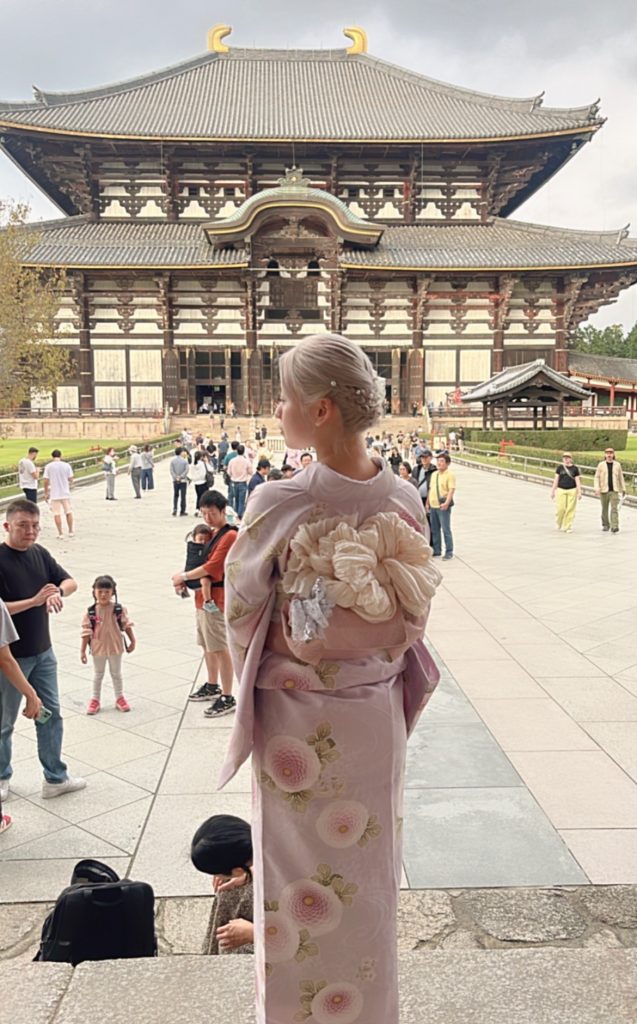
This is the kimono rental shop Waplus Nara, Nara Park Bus Terminal store (*´꒳`*)
👘👘👘
When do you imagine wearing a kimono or a yukata?
Kimonos are worn for events such as coming-of-age ceremonies and weddings? Celebrations?
Do you imagine wearing a yukata to festivals and fireworks displays?
We are often asked what the difference is between a kimono and a yukata, but the shape and tailoring are basically the same❣❣
So what exactly is the difference? ?
This time, we will introduce the difference between a kimono and a yukata✨
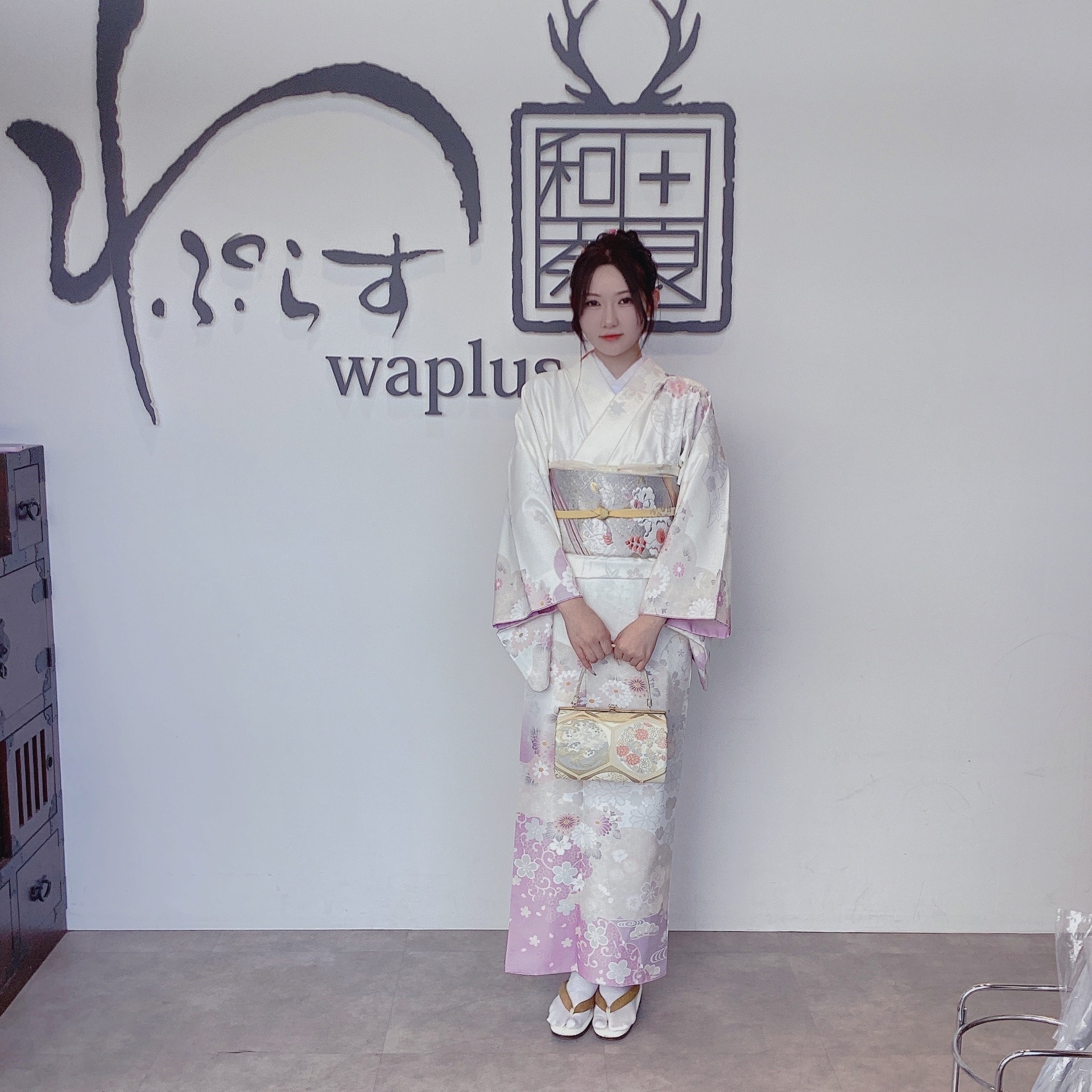
Let’s start with [History]
In the Yayoi period, women wore a one-piece-style garment called a “kantoui” that had a hole in the center and was pulled over the head.
They put it on over their heads like a poncho. 👘
From there, outfits started to change with the times—things like skirt-style and two-piece clothing started showing up. ✨
It’s said that the basic styles of today’s kimono and yukata first appeared during the Heian to Muromachi periods. 🎵
By the way, in the Nara period, there was an order saying that clothes should be worn with the left side over the right (called right-over-left style).
This traditional rule is still followed in Japanese clothing today—and it’s been around for about 1,300 years❣❣
【The Origin of the Kimono】
The original form of the kimono was a type of underwear called kosode, worn during the Heian period. ❣❣
Back then, people wore hakama (pleated trousers) over the kosode, and layered multiple kimono on top—this style is known as jūnihitoe! 👘✨
Later on, during the Muromachi period, people started wanting more practical clothing—
so the kimono began to change, based on the kosode style we had back then❣❣
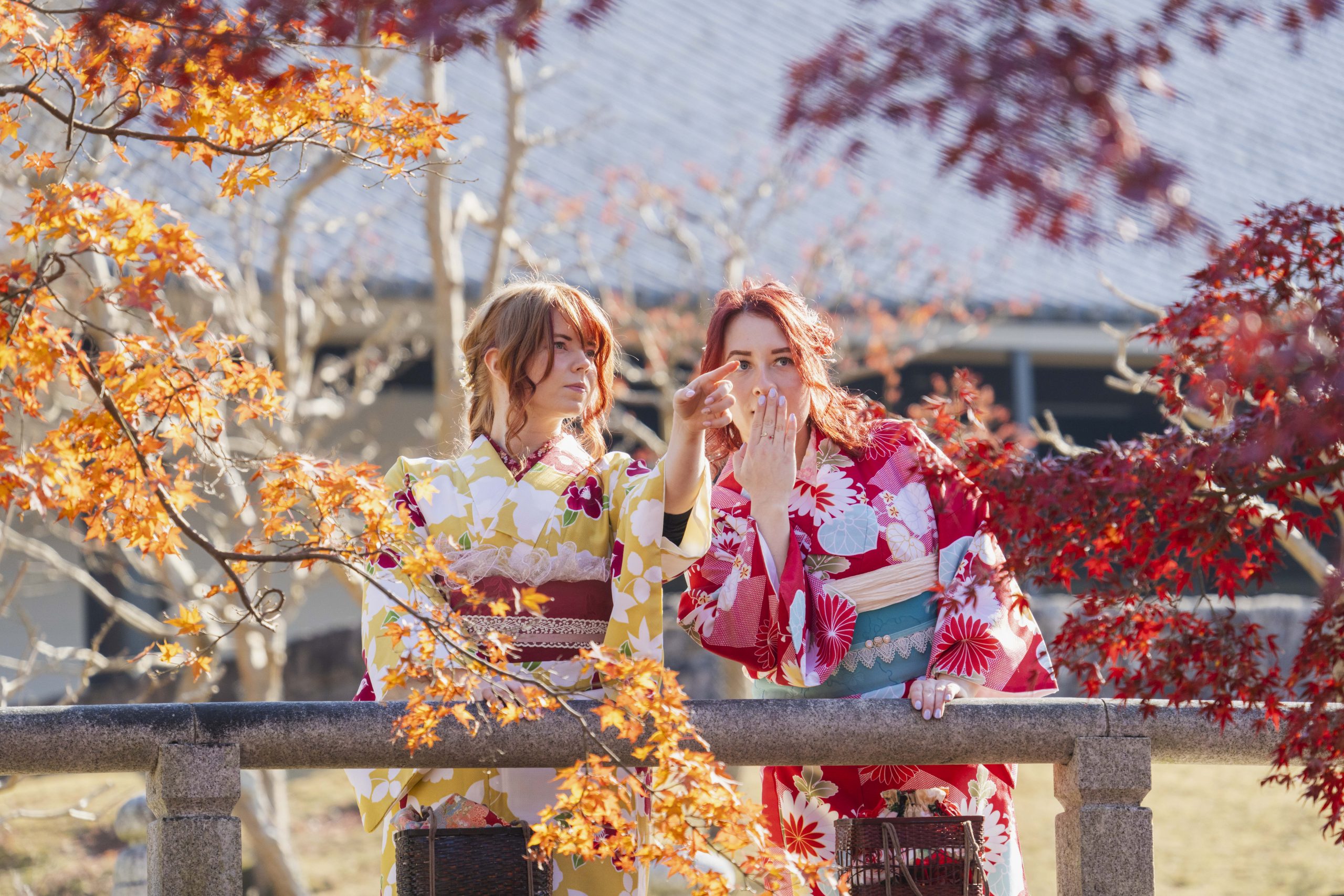
【The Origins of the Yukata 】
It started when aristocrats in the Heian period wore hemp “yukatabira” to prevent burns when taking a steam bath.
After that, times changed and in the Azuchi-Momoyama period,it became something to wear after a bath or as pajamas (*´꒳`*)✨
In the Edo period, it changed from being a fashion item to wear after a bath to being worn outside,and it became established as a light and easy-to-wear everyday summer wear 🎵
The name was gradually shortened from yukata to “yukata (summer kimono)”.
As you can see from this origin, yukata has become established as a casual item❣❣
👘👘👘
Kimono is literally “something to wear” and refers to clothing in general.
Since “kimono = Japanese clothing” is considered, yukata is also a type of kimono❣❣
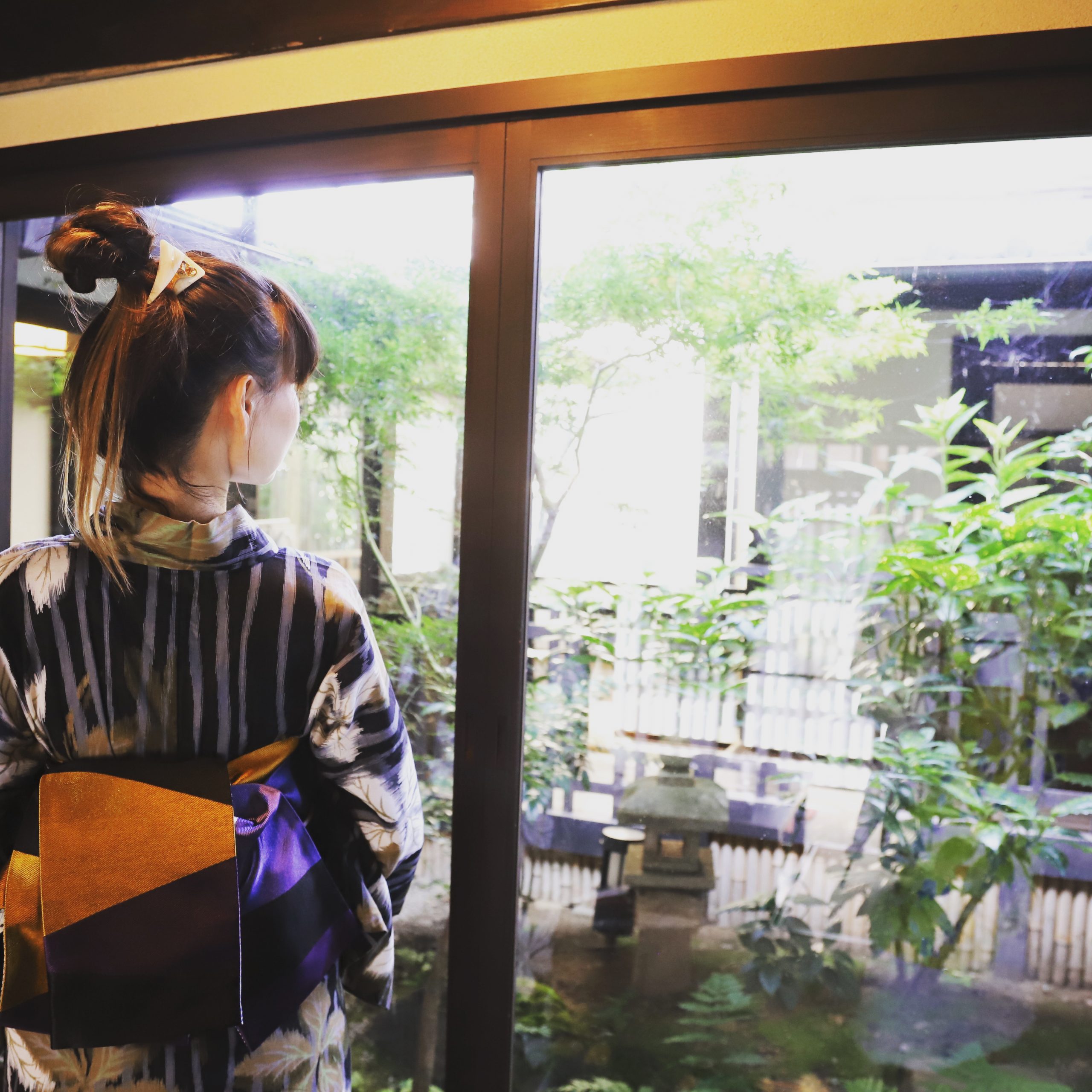
【When Do You Wear a Kimono vs. a Yukata?】
≪ Kimono👘≫
Kimonos can actually be worn all year round!
In summer, people choose hitoe (unlined kimono) , and in winter, they go with awase (lined kimono) .
Depending on the type of kimono, there are different styles for different occasions—known as TPO (Time, Place, Occasion).
From super formal events like weddings and Coming-of-Age ceremonies, to more casual outings, kimono can suit a wide range of situations. That’s part of what makes it so charming!
≪Yukata🎐≫
Yukata is one of the most iconic sights of summer in Japan.
It’s lightweight, breathable, and gives off a wonderfully cool vibe—even just to look at. Some fabrics even have a sheer quality that makes them feel even more refreshing.
Yukata are generally worn only in the summertime, especially at fireworks festivals, summer events, or just evening strolls in warm weather. 🌙
Some yukata can be dressed up with a juban (an inner layer) to look like a summer kimono, but it’s important to remember:
Yukata are casual wear, so they’re not suitable for formal occasions. ❌
That said, yukata are also used all year round in certain places—like as loungewear at traditional inns (ryokan) or as practice wear in Japanese dance classes.
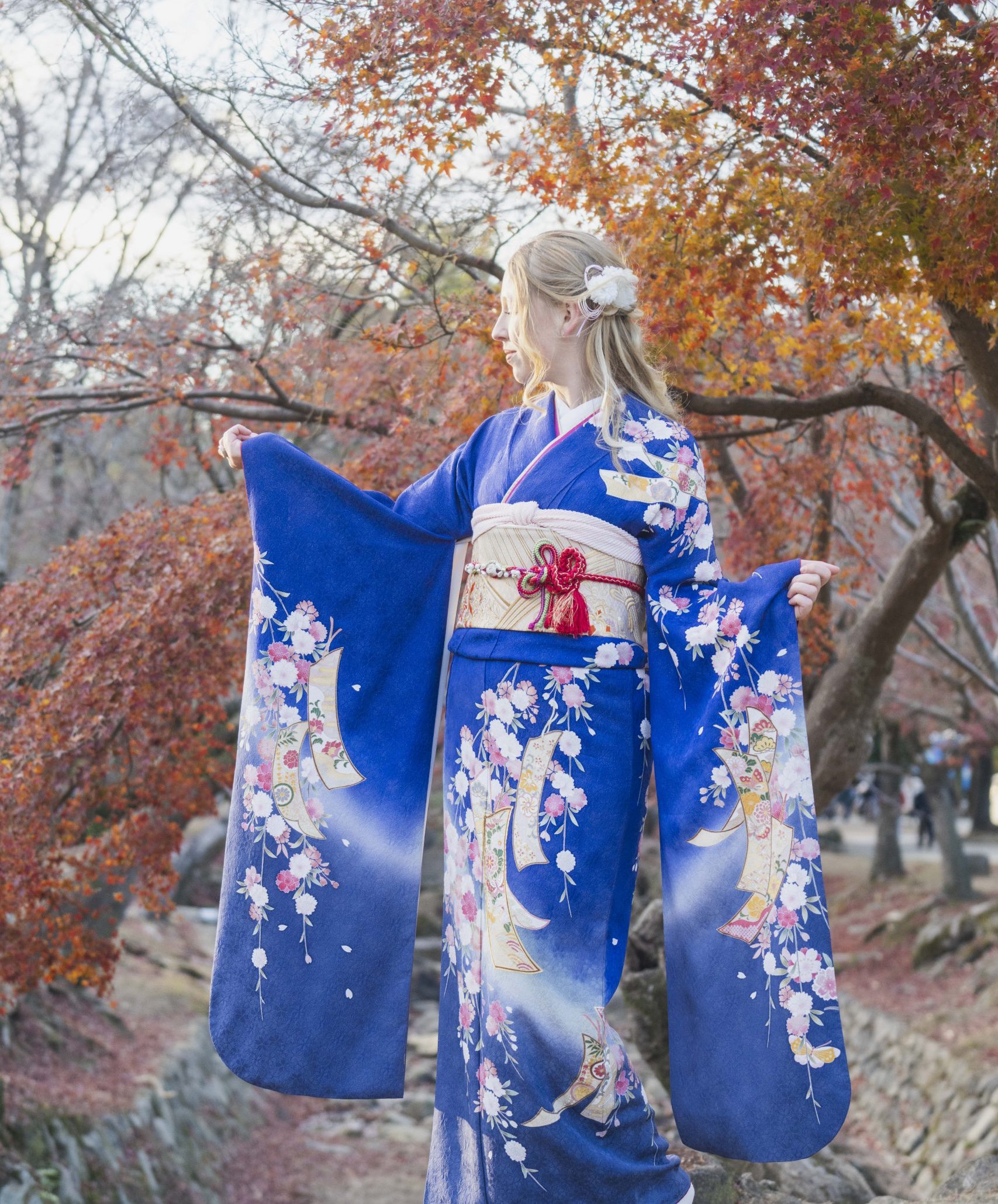
【Differences in What You Wear with a Kimono vs. a Yukata】
Since yukata is a type of kimono, its overall appearance and shape are basically the same as a kimono.
However, there are differences in the items you wear with a kimono and a yukata.
①Underwear – Juban
It is common to wear a hadajuban (like an undergarment) and a nagajuban (innerwear like a kimono) with a kimono.
The nagajuban gives the impression of layering and helps to keep the kimono clean.
Yukata was originally worn after bathing, and traditionally nothing was worn underneath.
However, in modern times, the fabric of the yukata can be see-through, so more and more people wear underwear specifically for yukata for modesty and comfort.
The main point to distinguish between a kimono and a yukata is the collar.
If something is peeking out from the collar, it is likely to be a kimono (with a nagajuban underneath).
However, you can also wear a nagajuban underneath your yukata to make it look like a kimono.
② Obi (Sash Belt)
When it comes to kimonos, the type of obi you use depends on the fabric and the level of formality, and there are fukuro obi, Nagoya obi, and hanhaba obi.
When it comes to yukata, most people use hanhaba obi. Hanhaba obi are about 16cm wide and are easier to tie than formal kimono obi.
The trendy heko obi is also popular. They are soft, easy to tie, and very cute, so they are perfect for beginners.
③Footwear – Tabi Socks, Zori, and Geta
With a kimono, you usually wear tabi (split-toe socks) and zori (formal sandals).
With yukata, it’s more casual — most people go barefoot and wear geta (wooden sandals) instead.
The sound of geta on the pavement is a nostalgic part of summer in Japan!
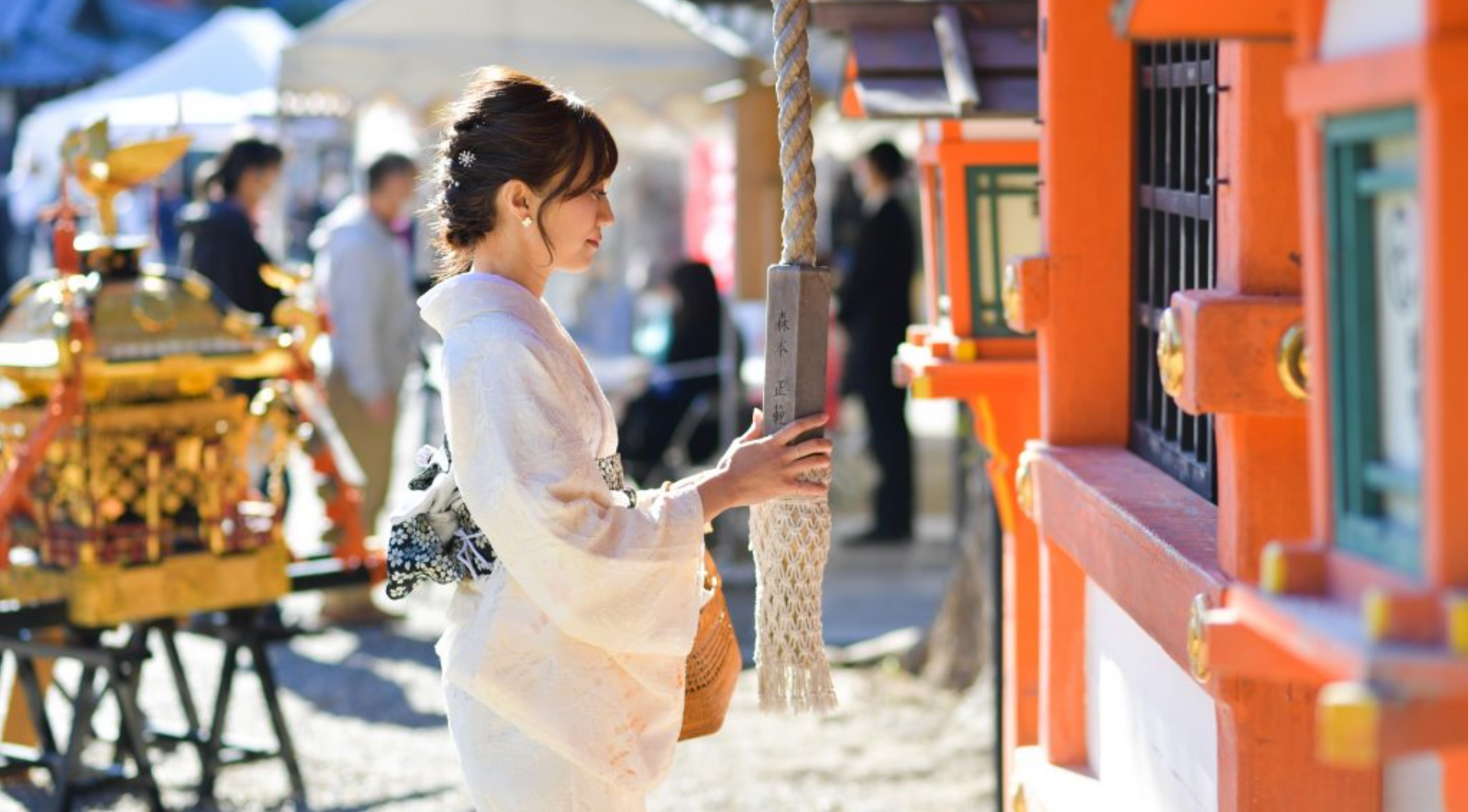
【Representative Types of Kimono and When to Wear Them】
There are many types of kimono, each suited to different occasions depending on the TPO (Time, Place, Occasion).
Here’s a quick overview of some of the most common types❣❣
■ Uchikake (Wedding Outer Kimono)
This is one of the traditional bridal costumes worn by brides at weddings. Its long trailing hem creates a graceful, elegant look.
The classic bridal style called Shiromuku is a pure white uchikake.
There are also colorful and lavishly decorated versions called Iro-uchikake.
■ Kurotomesode
This is the most formal kimono worn by married women.
You often see it at weddings worn by the mother of the bride or groom, and matchmakers.
It’s black with five family crests placed on the chest, sleeves, and back.
The hem features a beautiful “ebakama” design — a pattern that forms a complete picture when spread out.
The luxurious obi often has gold or silver threads, making it really stand out.
■ Furisode
Furisode is the most formal kimono for unmarried women.
There are three types based on sleeve length: O-furisode (long), Chu-furisode (medium), and Ko-furisode (short).
Chu-furisode is often worn for coming-of-age ceremonies, while Ko-furisode is commonly paired with hakama for graduation ceremonies.
■ Houmongi
This kimono features elegant “ebakama” patterns on the chest and hem.
Adding family crests (one or three) makes it semi-formal.
It’s versatile — perfect for formal events like weddings or parties, yet also suitable for more casual occasions like dinners.
■ Komon (Casual Patterned Kimono)
They refer to kimonos for everyday use that have patterns painted all over them.
Although it is casual wear, you can enjoy the gorgeousness and elegance of the kimono.
■ Yukata (casual summer kimono)
This is the most casual type of kimono.
Yukatas are often worn at summer festivals and fireworks displays, and are the most familiar kimono in modern everyday life.
When people hear “Wafuku” (traditional Japanese clothing), they might feel it’s something formal and hard to wear.
But these days, it’s not unusual to see people enjoying casual kimono and yukata as everyday wear.
Also, renting a full set of kimono or yukata has become super easy! (´꒳`) 🌙✨
Why not try wearing kimono or yukata suited to different occasions and have fun with it❣❣
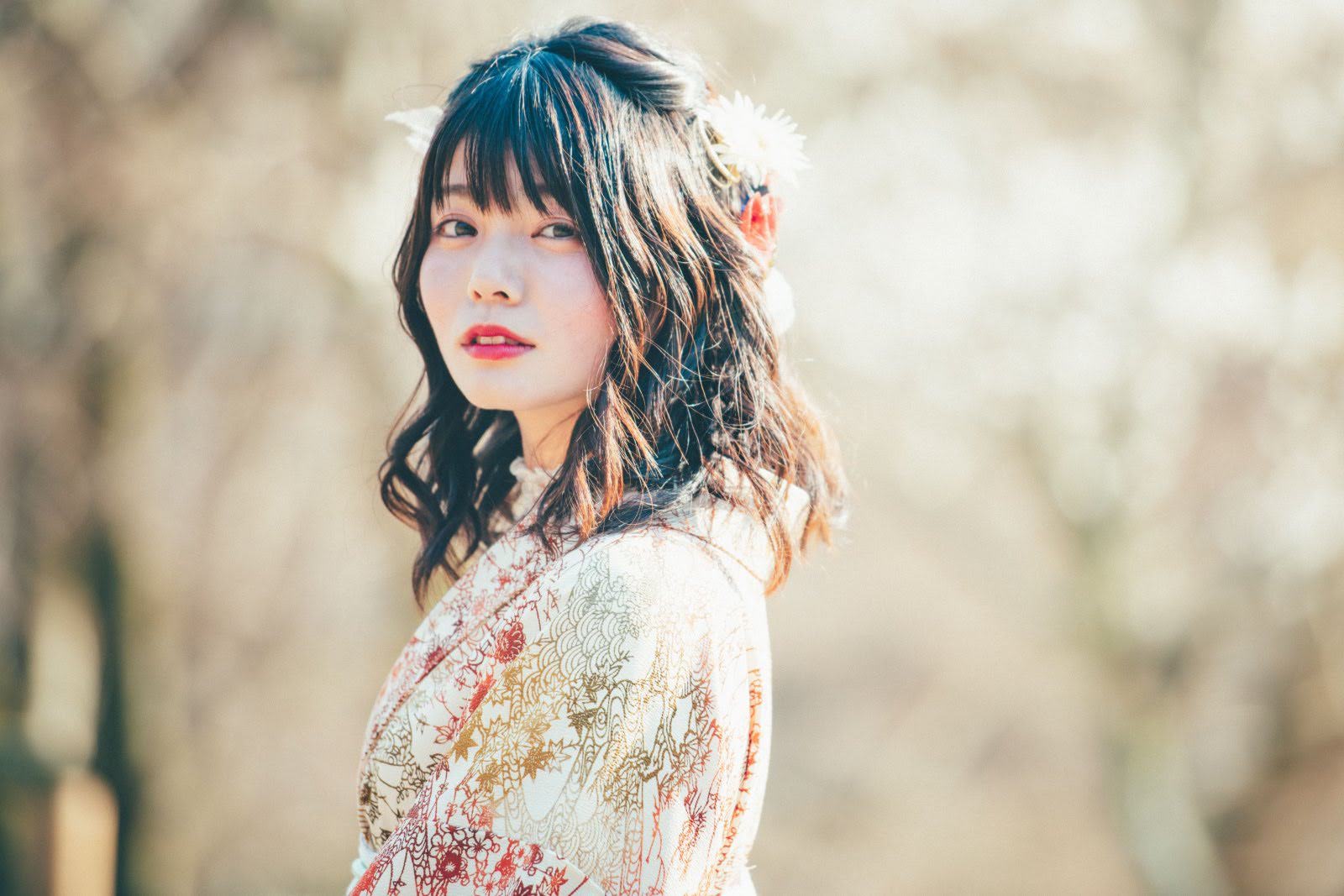
If you want to rent a kimono in Nara, we highly recommend Waplus Nara Nara Park Bus Terminal Store.
Since it’s right in front of Nara Park, you can meet the famous deer as soon as you change into your kimono! 🦌
Todaiji Temple and Kasuga Taisha Shrine are also within walking distance❣❣
It’s close to the station, making it super convenient for transportation 🎶
At Waplus Nara, their kimono rental service is completely hands-free❣
They will take care of your luggage✨
Feel free to enjoy your outing in a kimono without any worries 🎶
Let Waplus Nara help you create unforgettable memories on your trip (´꒳`)✨
🎵*゜•.¸¸🌸🍃🎵゜•.¸¸🎶•.¸¸🌸🍃🎵*
Waplus Nara – Nara Park Bus Terminal Store
Nara Park Bus Terminal West Wing 2F
76 Noborioji-cho, Nara City, Nara 630-8213, Japan
Instagram: https://www.instagram.com/waplusbt/

